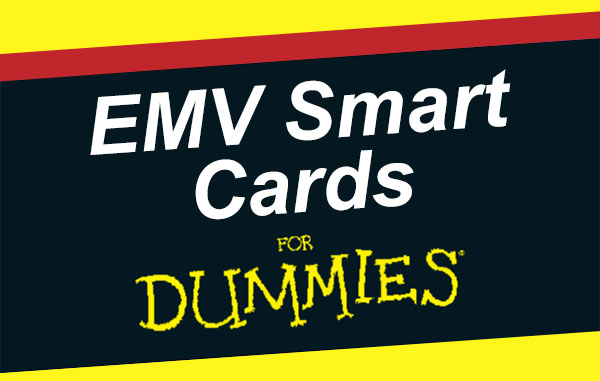
If you’ve noticed a new breed of credit cards coming through your doors, that have a small metallic chip in them, this is only the beginning. These chips are known as EMV, which stands for Europay, Mastercard, Visa – the companies that created the standard for credit card processing. Notice I didn’t say this was “new” technology. EMV technology has been reducing crime at the point of sale for almost 20 years.
Why is this Change Taking Place?
Two words: Fraud prevention. Last year 31.8 million consumers in the United States were victims of credit card fraud. That’s three times the number the prior year.
What the Chip Does
Instead of storing data on a magnetic strip, it can be stored on a chip with integrated circuits. The goal of this technology is to reduce credit card fraud. These chips reduce fraud in a couple of ways.
- The card doesn’t have to leave the consumer’s hand for swiping, so the likelihood of a dishonest employee stealing data is much lower.
- The chip creates a unique code for each authentication, making it difficult to replicate. Data on a magnetic strip is much easier to copy.
What are the New Rules?
By mid-October, all of the major credit card companies will be transferring liability for any fraudulent credit card transaction to business owners if they have not upgraded their credit card networks. Previously, if a fraudulent transaction took place, the bank was held liable.
Merchants can still accept cards using the magnetic strip. For now, even the new EMV cards that are being distributed by the banks will have magnetic strips on them so consumers can still use the card if the merchant hasn’t yet adopted the technology. If fraud occurs on a transaction where the magnetic strip is swiped on a card that is not EMV-equipped, the bank is still responsible.
How is Processing Going to be Different?
Most banks are in the process of reissuing all their cards. You can expect most of your customers to have their cards by now. If not, they will soon. The difference in processing is that the card is inserted into the payment terminal, rather than swiped. This is called “card dipping”. When the card is “dipped”, data is sent to the financial institution for processing. The transaction may take a few seconds longer to process, as information is being transferred. The customer may be required to enter a PIN rather than signing the receipt. The card does not leave the consumer’s possession. Other than this, no additional action is needed.
Accepting EMV Cards
You will need a new EMV-enabled terminal to begin processing these “chip and PIN” cards. You will also have to coordinate with your credit card processing partner to upgrade your processing agreement. The cost of upgrading your terminal can be minimal with the right program.
PawnMaster has partnered with Mercury Payment Systems to offer an incredible security bundle. Make sure you’re “Locked and Loaded” with EMV-compliant card processing and DigiShield backup storage.
[maxbutton id=”19″]
Click here to learn about PawnMaster’s partnership with Mercury Payment Systems to provide an affordable solution.
Click here to read more about EMV from our partners at Mercury Payment Systems.
